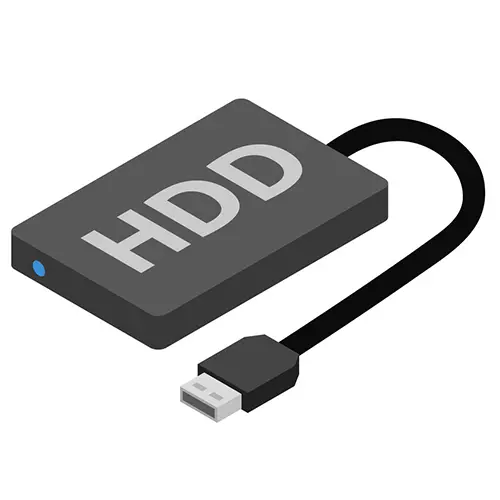
Capacity
One of the most important characteristics of the device for which almost all pay attention to first of all is a container. As a rule, the hard disk instead of the flash drive is chosen due to its volume, so first it should be decided precisely with the number of gigabytes. The category 1-2 TB (1 TB = 1024 GB) is especially popular - such drives are 3500-4500 rubles, respectively, while their capacity is enough for any everyday tasks, starting with storing the music library and ending with the installation of games.
If you plan to store on a hard disk video, audio in high quality or other "heavy" content, it makes sense to choose and at all option with 4 TB, an average of about 9000 rubles. But everything that is less than 1 TB, buying is already unprofitable - the difference in the cost of the disc from 500 GB and 1 TB is not so big (approximately 500-600 rubles). Consequently, the volume of the HDD, the lower the price per 1 GB (concerns the drives of one line, produced with a capacity of 1, 2, 3, 4 TB, etc.).
Depending on the tasks, the container can be chosen and the other - different options are now available, starting with 320 GB and ending 14 TB. Stationary and desktop devices are even more specific, but in popularity they lose portable, because ordinary people simply do not have the need for multi-itarable low drives.
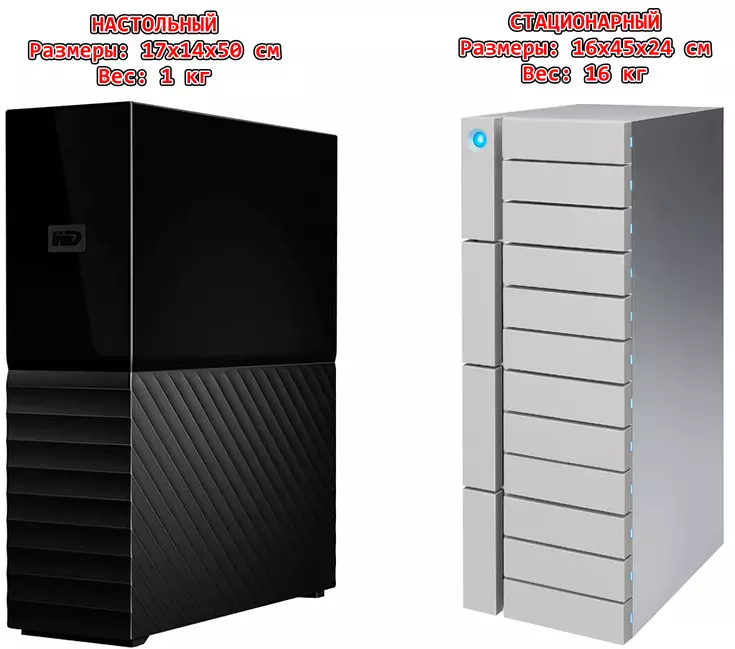
Form factor
Under the form factor, it is necessary to understand the size of the disk itself and the case. For mass consumption, 2 options are available: 2.5 inches and 3.5 inches. The first is compact and convenient for carrying, usually used in combination with a laptop, not complicating the transportation of the technique as a whole. The second is considered the choice of desktop holders and are more overall housings, sometimes containing an array of discs, respectively with the improved HDD characteristics.
2.5 "discs" less in the container (up to 5 TB), slower at the speed of reading / write files. However, for everyday use (listening to music, opening documents, work with images, etc.) it is quite enough. Moreover, such a device does not occupy a lot of space, lightweight (on average up to 200 g) and does not need additional nutrition.
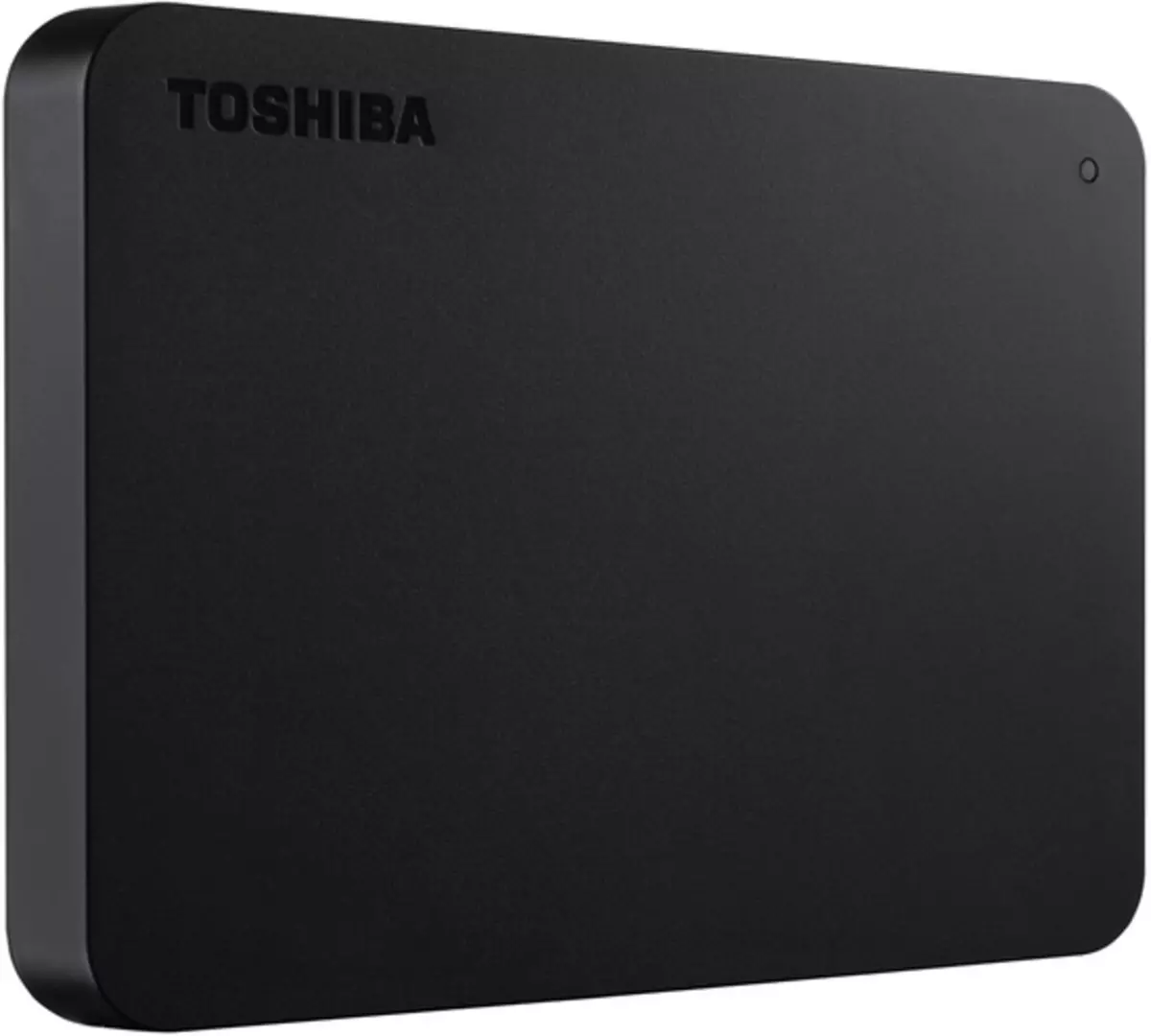
3.5 "drives" due to their sizes have a greater capacity, which begins with 2 TB and ends ~ 20 GB, if we talk about a desktop format. Stationary are much more capacious, equipped with 48, 72 TB and are no longer intended for the average use, but for working purposes. Such HDD is inconvenient and due to the size, and due to weight, in addition, it is necessary for their operation, additional power is necessary, since the usual USB, through which the connection is underway, does not produce such power. However, they are faster, and can also be endowed with advanced features (we will dwell on this in more detail at the end of the article).
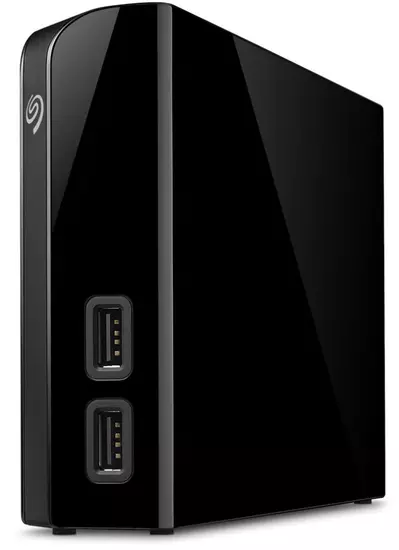
There are separate 3.5 "discs for gaming consoles.
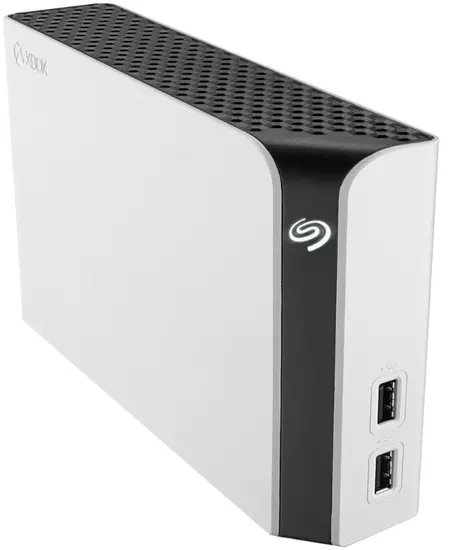
There are also ultra-thin 1.8 "HDDs, but now they are almost not produced, because they are very limited in capacity, and for the modern consumer it is an inappropriate purchase, taking into account the price equals 1 TB form factor 2.5".
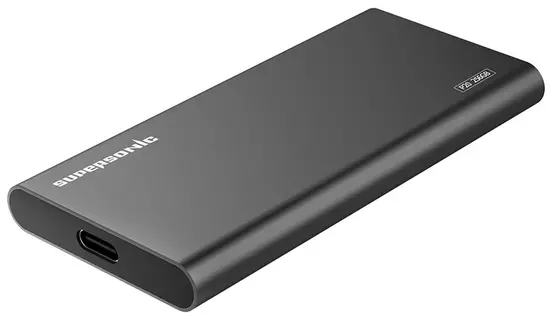
Connection interface
Practically all external hard drives are connected to a computer or a USB laptop, but with certain nuances.
- USB 2.0. The oldest standard, however, is still popular among ultra-budget models. We do not recommend choosing it if the computer / laptop is equipped with a newer version of USB (if you do not know, see technical specifications or inspect the ports - YUSB 3.2 often, although not always, blue). The reason for this is slow data transfer rate (480 MB / s), and, possibly, the presence of an additional BP due to low USB power supply. Only, provided that the speed of connection is not important, and the maximum savings on the purchase can select the 2.0 interface, it will easily connect to the port not only 2.0, but also 3.2.
- USB 3.2 Gen1 (previously known as USB 3.0). The most common standard with an increased data transfer rate (up to 4.8 Gbps) and an improved power supply that allows you to work without additional BP relative to the capacious HDD. Of course, to obtain such advantages, the PC should also have the same port, otherwise when connecting the hard drive from USB 3.2 to USB 2.0, all the characteristics will be limited, and the device of a high-capacity without BP will not be able to receive stable power and will be periodically disconnected.
- USB 3.2 Gen2 (previously known as USB 3.1 Gen2 and USB 3.1). Superior standard operating at speeds up to 10 Gb / s and able to feed power up to 100 W in the presence of USB Power Delivery technology. Physically compatible with previous versions of USB, but, again, you need to pay attention to their power - it should be enough to power the capacitance drive.
- USB C 3.2 Gen1 (previously known as USB C 3.1 Gen1 and USB C 3.0). It has all the same features that USB 3.2 Gen1, but has another nest. A computer or laptop must be endowed with a USB Type-C connector, otherwise connecting such a drive to the usual YUSB will not work in view of various design features.
- USB C 3.2 Gen2 (previously known as USB C 3.1 Gen2 and USB C 3.1). Characteristics similar to the USB 3.2 Gen2 interface, but with another connection type.
- Thunderbolt. This interface is most important for Apple devices, and there are two types: v2 (up to 20 Gb / s) with MINI DisplayPort and V3 plug (up to 40 Gb / s) with USB plug.
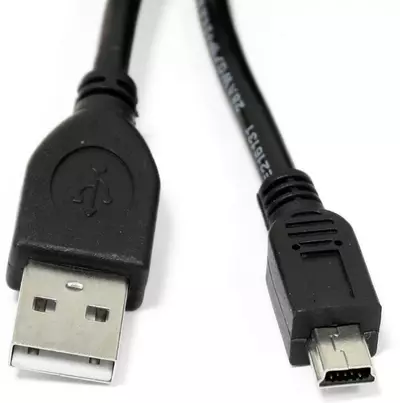
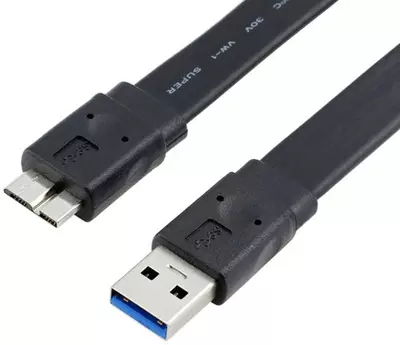
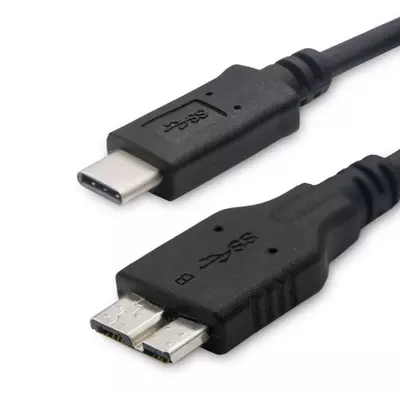
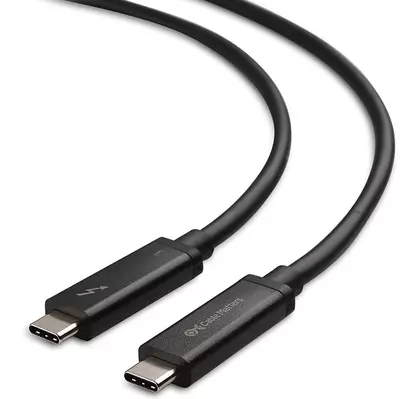
It should be understood that the bandwidth of the USB bus does not define the actual speed of the hard disk, as the latter in principle cannot produce indicators supported by the connector. Simply more modern standards allow you to better reveal the potential of the drives, and the difference in transmitting files by USB 2.0 and USB 3.2 will still be noticeable to the eye - approximately 25-40 MB / s and 50-100 MB / s, respectively.
Speed of work
A few factors affect the speed of the drive:- Form factor. 2.5 "disks are limited to the speed of reading and write 5400 rpm. This is a very modest indicator, and it is enough to store data, but problems may arise during constant reading. For example, complex editors type programs will be launched for a long time, folders with a large number of files are not immediately prodered, and the games are to slow down. However, such hard drives are quiet, and this is a certain plus. 3.5 "due to its capacity faster and operate at a speed of 7200 rpm. This is the most common parameter for internal hard drives, too, and work with such an HDD becomes more comfortable. Minus - USB 2.0 connector does not always manage to provide a disk from 7200 rpm. In addition, HDD is stronger than noise, and some buildings will transmit a weak vibration that it is not always pleasant when the disk is on the table.
- Interface type. We considered this parameter in detail in the previous section, so we will not stop re-on it. I will advise once again to buy a modern standard of YUSB, but provided that it is supported by the current computer or you allow you to quickly upgrade (when you select USB Type-C and the absence of such a nest on a PC, you can use the adapter to USB 3.2 or select a model with an adapter in Complete). Know that by connecting the USB 3.2 cord to the outer disk, whose controller supports only USB 2.0, you do not get an increase in speed.
- The size of the cache memory. Each HDD has built-in buffer memory, where the most frequently used files are placed, loading from there, as already understandable, faster than if they were read with pancake. Its dimensions range from 8 to 64 MB, and the higher this indicator, the faster (and more expensive) the drive, but not every user can notice the increase. When working with voluminous files such as a video editing of the difference between the small and large cashem, it will not be, it means that you need not always to pick the drive for this indicator.
If, after purchasing an external HDD, it fails reading and write speed tests, refresh the USB controller driver to the latest version by downloading it from the manufacturer's website of the motherboard.
Frame
With a thorough approach to the choice of HDD, it is important to pay attention not only to the disc itself - the case often plays a significant role. Metal is better carried out heat than plastic, so the device will be less susceptible to overheating, there are holes for air circulation in a plastic case. If it is planned to use HDD often or record large amounts of files, it will not be superfluous to take care of the well-thought-out "shell".
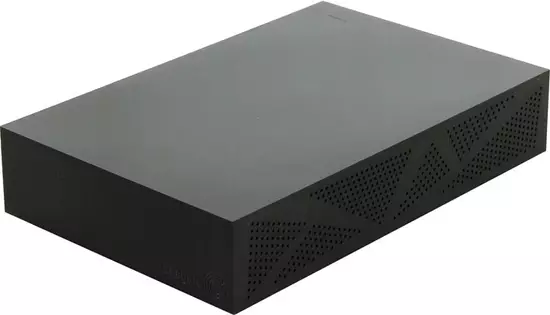
If the hard disk is not planned to be transported (and this is predominantly 3.5 "), you can pay attention to the presence of legs. Sustainable position is important for the hard disk, since it does not like strong vibrations and shaking.
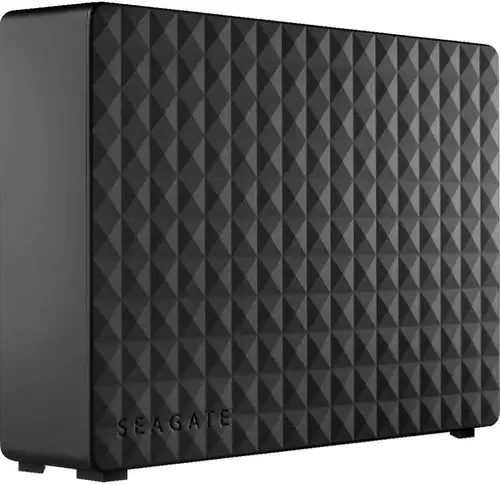
Portable 2.5 "Options are often equipped with a shockproof rubberized case. It is perfect for people, at least sometimes taking the hard drive on the road or simply for additional safety at home. Of course, it is not necessary to fully rely on this defense - it helps far from always, but sometimes it can really be saving. In addition, such a case reduces the vibration published during operation. Somewhere in addition, there is protection against water and dust, usually according to the IP-68 standard.
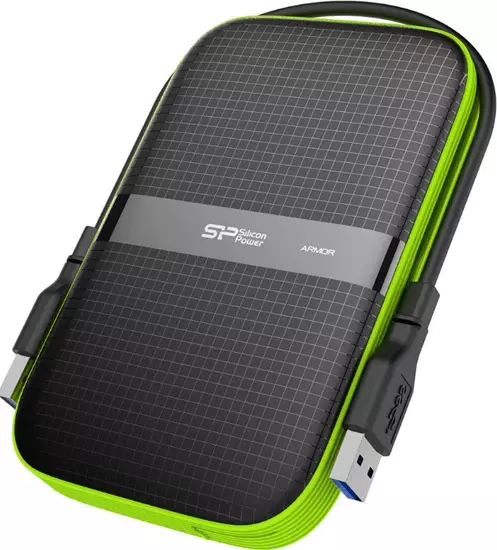
Separate models are created for use at all in extreme situations and can withstand the load of hundreds, thousands of kilograms due to the strongest aluminum case.
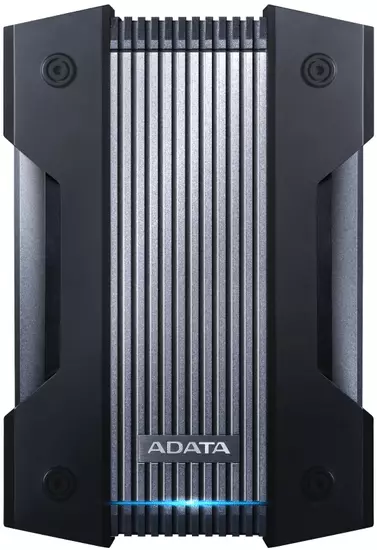
Well, finally, select the device simply based on the aesthetic considerations.
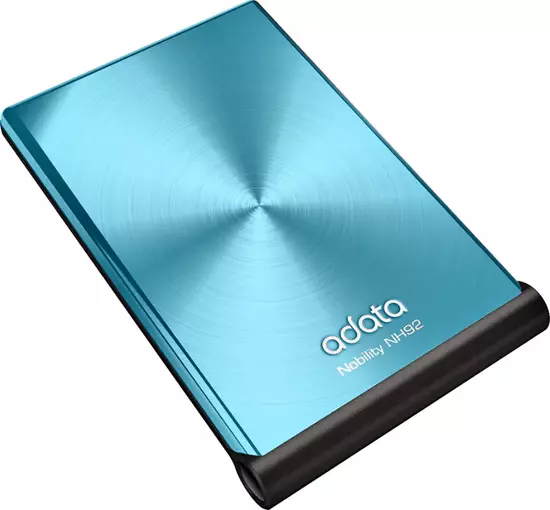
Additional features
Depending on the price category and manufacturer, the drive is often equipped with additional features. If the budget segment does not offer anything interesting at all, then the average cost external hard drives are equipped with special software with HDD diagnostic functions, backup creation, encryption, password installation, reliable data deletion. Some additionally provide several GB cloud storage for the most important files, which will help not lose them if the Winchester fails.
Premium HDDs have a more interesting feature set, turning a hard disk into a universal device. Here are some of them:
- Wi-Fi. The built-in wireless network allows you to connect to the disk and use it as a repository. This is relevant, for example, to connect to it from a smartphone or tablet to view the film, listening to music and for other purposes. Such HDDs are already adapted to work with portable equipment, thanks to which there should be no problems when interacting.
- Backup button. On the case of some drives there is a separate button, by clicking on which the process of copying files into a specific manually specified manually in advance, folder.
- Energy saving mode. To slightly discharge the laptop battery, you can select a drive with adjustable work speed. To connect to a computer, this function is meaningless.
- SD card slot. Allows you to connect the memory card directly to the hard disk, since it is not on all enclosures of computers there are appropriate nests.
- DLNA. Technology that allows other devices (smart TV, PCs / laptop, smartphone, tablet) to connect to a hard disk by "air" or a wire for transmitting and playing multimedia content.
- Battery. The battery provides hard disk autonomy (for example, when working in storage mode with wireless or USB access). Such an HDD can even be used as Power Bank.
- Additional USB port. Through some HDD, you can connect other optional devices, for example, USB lamps. Similarly implemented at 3.5 "with a power supply.
- Sensor stopping work when falling. Protected 2.5 "models are equipped with a sensor, urgently parking writing heads during the fall. So more chances to maintain the performance of the disk or at least remove information from it in the service center at the expense of not scratched pancakes.
- Hardware data encryption. For very confidential information, there are special versions of external encryption disks regardless of the operating system and operating only after entering the code on the built-in digital block. These are not only extremely high cost, but also the presence of various auxiliary advanced encryption techniques.
See also:
Hazardous impact on HDD
What is the difference between SSD from HDD
